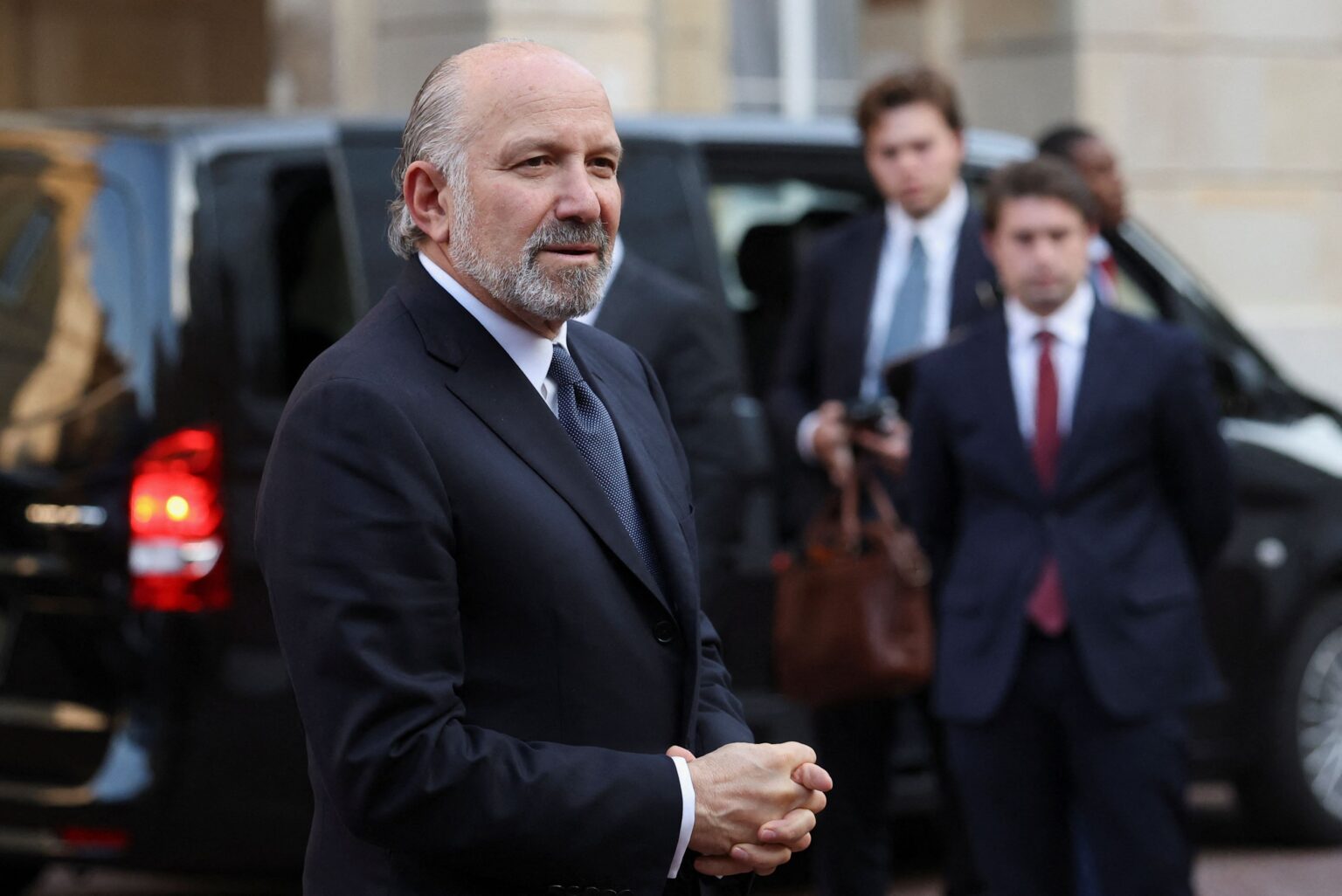U.S.-China Trade Relations: A New Chapter in Diplomatic Negotiations
Progress Toward a Partial Trade Agreement
On Wednesday, President Donald Trump announced that a preliminary trade agreement with China has been effectively finalized, awaiting his formal approval and that of Chinese President Xi Jinping. This development follows intensive negotiations held over two days in London, signaling a potential shift in the ongoing trade tensions between the two economic giants.
Key Provisions of the Deal
The accord primarily aims to facilitate the resumption of shipments of rare-earth elements and related magnetic materials crucial for industries such as automotive manufacturing and defense. In exchange, the United States has committed to fulfilling previously agreed-upon commitments, including easing visa restrictions for Chinese students seeking education in American universities. While specific details remain undisclosed, Trump emphasized that the U.S. would honor its commitments, including visa arrangements, which have historically been viewed positively by both nations.
Diplomatic Tone and Future Outlook
Remarkably, President Trump, who recently accused China of breaching a trade truce, expressed admiration for Xi Jinping, stating, “President Xi and I will collaborate closely to open China to American trade. This would be a significant win for both countries!” This shift in tone underscores a potential thaw in diplomatic relations, with both leaders signaling a willingness to cooperate.
Tariffs and Trade Barriers
Under the renewed understanding, the United States will impose a 55% tariff on Chinese imports, while China will retaliate with a 10% import tax on American goods. Although these rates are higher than those before Trump’s presidency, they are notably lower than the triple-digit tariffs previously enacted during the peak of the trade conflict earlier this year. Negotiators from both sides agreed late Tuesday to revisit the implementation of a trade truce that had previously unraveled amid mutual accusations.
Re-establishing Trade Frameworks
Near midnight in London, Commerce Secretary Howard Lutnick announced a “handshake” agreement aimed at reinstating the terms of the May 12 U.S.-China trade deal, which called for reducing tariffs and easing trade restrictions. This framework is seen as a crucial step toward de-escalating hostilities and fostering a more stable trade environment.
Focus on Critical Materials and Export Controls
A central aspect of the agreement involves China increasing exports of rare-earth minerals vital for automotive and military applications. As these shipments ramp up, the U.S. plans to gradually lift some of the export restrictions it recently imposed, particularly those targeting aerospace technology and semiconductor equipment-areas of high strategic importance for China.
Economic Implications and Strategic Goals
Trade between the U.S. and China last year surpassed $580 billion, with the U.S. maintaining a substantial trade deficit-importing more than three times the value of what it exports to China. President Trump has long criticized this imbalance, viewing it as a sign of declining American industrial competitiveness. The current negotiations aim to address these concerns by fostering increased trade and reducing the deficit.
Diplomatic Dynamics and Negotiation Strategies
The swift progress in these talks is attributed to the active involvement of both presidents, with officials emphasizing the importance of decisive action. The U.S. delegation included Treasury Secretary Scott Bessent and Trade Representative Jamieson Greer, while China’s team was led by Vice Premier He Lifeng, a close confidant of Xi Jinping. Chinese officials expressed optimism about the discussions, highlighting their professionalism and the potential to build mutual trust.
Expert Perspectives on the Negotiations
Economists like Yao Yang from Peking University view the negotiations as a positive sign, especially given the tense backdrop of recent trade disputes. He noted that China’s willingness to engage in dialogue indicates a strategic approach to managing conflicts and seeking negotiated solutions.
Persistent Challenges and Broader Economic Issues
Despite the progress, significant disagreements remain. The Trump administration has criticized Chinese policies that promote overproduction, which depresses global prices and harms American manufacturing sectors. Trade officials acknowledge that certain economic structures do not align perfectly, and broader conversations will be necessary in the future.
Upcoming Deadlines and Legal Developments
The current 90-day pause on escalating tariffs-initially set to expire on August 12-may be extended, depending on presidential discretion. Meanwhile, a recent legal victory for the Trump administration occurred when a federal appeals court upheld the legality of many tariffs imposed on China, allowing them to remain in effect during ongoing legal challenges.
Conclusion
As negotiations continue, both nations appear committed to stabilizing their economic relationship. The upcoming months will be critical in determining whether these initial steps lead to a comprehensive and lasting trade framework, ultimately shaping the future of U.S.-China economic engagement.

